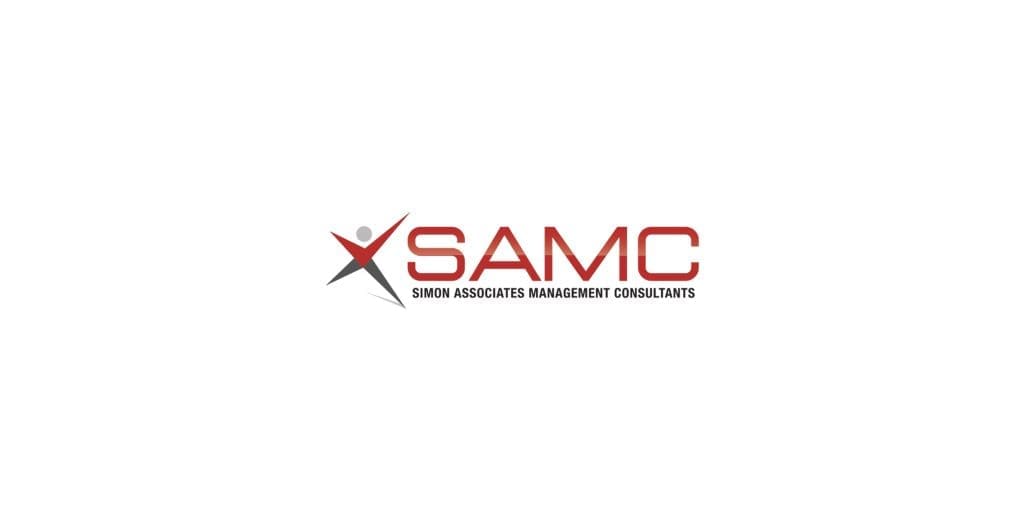 “Earlier this year, I compiled my ‘Top Ten Trends From The Trenches’ based on speaking weekly to CEOs,” writes Andrea Simon, Ph.D., principal and founder of Simon Associates Management Consultants (SAMC), in a recent blog entitled “Major Mid-Year Correction Necessary,” currently published by Forbes.com. “Given what I’ve heard lately,” she says, “significant shifts are occurring, reflected in several fresh trends for Q3 and beyond.”
“Earlier this year, I compiled my ‘Top Ten Trends From The Trenches’ based on speaking weekly to CEOs,” writes Andrea Simon, Ph.D., principal and founder of Simon Associates Management Consultants (SAMC), in a recent blog entitled “Major Mid-Year Correction Necessary,” currently published by Forbes.com. “Given what I’ve heard lately,” she says, “significant shifts are occurring, reflected in several fresh trends for Q3 and beyond.”
Here is Dr. Simon’s revised list of ”Top Ten Trends From The Trenches” reflecting important developments observed in the field:
1. The Emerging Economy Means Hiring Is Up. Companies are, once  again, hiring and struggling with onboarding new recruits to reinvigorate management teams. Throughout the post-2008 years, companies did more with fewer employees and reduced costs. Now they need more people, but must find the right ones.
again, hiring and struggling with onboarding new recruits to reinvigorate management teams. Throughout the post-2008 years, companies did more with fewer employees and reduced costs. Now they need more people, but must find the right ones.
2. Expect More Culture Clashes. By hiring more new GenY and GenX recruits, companies face more clashes with company culture, because these newbies differ from existing employees. You hire them for their fresh perspectives, but force conformity to an old culture to keep the peace, which diminishes their value to the company’s future. Eventually what’s new trumps culture.
3. M&A Failure Rates. Mid-market companies are playing M&A as a growth strategy. Many new acquisitions are proving to be Achilles’ heels, even when a competitor and new technology are absorbed. Most are not experienced in the challenges of integrating a merged company. Whether it’s a coffee manufacturer or furniture company, the CEOs all awoke the next morning with buyer’s remorse. Without a plan to meld two cultures, and no real growth strategy, great expectations fall flat. Though not new, it’s a more prevalent problem now, as many recession survivors are looking to M&A for growth, while others seek exits.
4. Stalled Again! In the past three months, several clients have stopped growing, again. They had strong, post-recession revenue gains and then everything stopped. In one case, sales promotions changed buying dynamics. Margins have been so impacted by the promotions, that the company can’t find the right pricing strategy for revenue growth and profitability. Stalling is not new, but today’s CEOs were all so relieved to come back from the recession, that they neglected to reinvent their companies. They only captured returning business and saw promising lifts, without entering new markets for long-lasting growth.
5. Expedited Product Lifecycles. The life span of a product has shrunk so much that being complacent is dangerous. We see upstart challengers jumping over established companies to capture consumers’ dollars. Manufacturer clients that live and die with new products are out in the field again. It is no time to enjoy a short moment of recovery.
6. Clients and Consumers Demand More Of Companies. Mid-market CEOs finally realize that slick marketing was once enough to sell products, but not anymore. Helping customers to do better, so you can sell more is a hot topic.
7. Change Fatigue Is Abundant. Many people are tired of constantly changing and ask if the speed of change will slow. But we think it’ll increase. If you aren’t reinventing yourself frequently, someone else will push you out of the way. Adapting to this “new normal” will be even more challenging for companies embracing old ways.
8. Healthcare Issues: From Turmoil To Tidal Waves. Worries about healthcare are even more complex now than they were earlier this year. Moving into its next phase after the Affordable Care Act, healthcare grows more chaotic. The entire care continuum is affected: from patients to physicians to hospitals to support companies. Everyone’s frustrated. As a result, healthcare providers are seeing rapid declines in patient visits and revenue.
9. The Power Of Women Is Still Growing…
Early in 2013, we noted that the number of woman-owned businesses had increased by 54 percent over 15 years. Then Sheryl Sandberg’s “Lean In” appeared, creating a tsunami of discussion about women in the workplace. While not a model for all women, Sandberg is pushing them places perhaps they can go if only they believe they can. So this trend is only getting stronger.
10. Blue Ocean Strategies Are More Influential Than Ever
More companies are using them to find growing, unmet needs in the ever-evolving global marketplace. Why? Largely because Blue Ocean strategies can answer many of the challenges revealed in our other top trends.
Whether you’re shrinking to survive in bad times or challenged to grow in better times, you need to harness change. The game continues to evolve and creating new rules to win will be a key success strategy for the rest of 2013.
To read Andrea’s blog in its entirety on Forbes.com, click here.



